Rust is a strong fit for real-time visuals because it combines low-level performance with memory safety, and Bevy plus the GPU stack around wgpu gives a modern pipeline for shaders, 2D/3D scenes, and live interaction suitable for VJing and generative work [1][2]. Below is a focused stack and workflow tailored to building a VJ-ready engine in Rust with Bevy and related crates, along with ecosystem pointers and design considerations.
Core engine choice
Bevy provides ECS, asset pipelines, scenes, input, and a wgpu-based renderer, making it a practical foundation for interactive visuals and live performance tools beyond games [2]. Its data-driven design and rendering/animation capabilities map well to generative systems, mixer layers, and timeline-driven effects in a VJ context [2].
GPU and shaders
wgpu is the Rust implementation of the WebGPU standard that powers Bevy’s renderer and can also be used directly for custom pipelines, compute passes, and shader experimentation for high-performance effects [2]. Using wgpu enables direct control of the GPU with a safe, idiomatic API, which is valuable for custom post-processing chains, feedback buffers, and audio-reactive shader stages [2].
UI and control surfaces
For a custom performance UI, Makepad is a Rust-first, multi-platform GUI toolkit that can host visual elements, mixer controls, and device mappings if building outside of Bevy’s in-engine UI [2]. Pairing a Rust-native GUI with the rendering core lets a VJ integrate faders, crossfaders, deck transport, shader parameters, and routing panels into a cohesive live interface [2].
Media I/O and processing
Rust’s image/video processing crates can handle frame generation and manipulation, but for encoding/decoding, integration with FFmpeg is typically needed because native video encoding in Rust is still maturing [2]. This hybrid approach supports tasks like recording sets, pre-processing clips, and generating video from shader frames while keeping critical paths in Rust for performance [2].
Performance and safety
Rust’s performance characteristics make it suitable for real-time rendering, multi-layer compositing, and complex shader graphs, while memory safety reduces crash risks during live sets [2]. The tradeoff is ecosystem maturity in VJ-specific components, which may require custom integration work and careful crate selection [2].
Ecosystem orientation
Are We Game Yet? curates Rust gamedev libraries, engines, and communities, serving as a discovery hub for rendering, audio, input, and tooling relevant to real-time visuals [1]. It also points to community spaces (Discord, subreddit, federated social) useful for finding active projects and discussing GPU/shader and Bevy topics with Rust practitioners [1].
Suggested architecture
- Rendering core: Bevy for ECS, scene graph, scheduling, asset loading, and wgpu renderer to accelerate iterative visual development [2].
- Shader stack: WGSL shaders running in Bevy’s pipeline for generative materials, full-screen passes, and feedback loops; extend with custom wgpu nodes when needed [2].
- Media deck: Rust image/video handling with FFmpeg integration for decoding/encoding, plus texture streaming into Bevy materials for mixing with shader outputs [2].
- UI layer: Makepad or Bevy UI for live controls, MIDI mapping, OSC/HTTP APIs, and timeline widgets to manipulate shader params, layers, and transitions [2].
- Community/dev resources: Use Are We Game Yet? to locate crates, sample codebases, and channels for troubleshooting and library discovery as the stack evolves [1].
Practical constraints
Expect to implement glue code for media codecs, device control, and timeline features due to fewer off-the-shelf VJ modules in Rust compared with older ecosystems [2]. The payoff is a modern, safe, and customizable pipeline capable of advanced GPU techniques and responsive UIs aligned with real-time performance needs [2].
Citations:
[1] Are we game yet? https://arewegameyet.rs
[2] Rust for realtime visuals https://vjun.io/sleeplessmonk/rust-for-realtime-visuals-5243
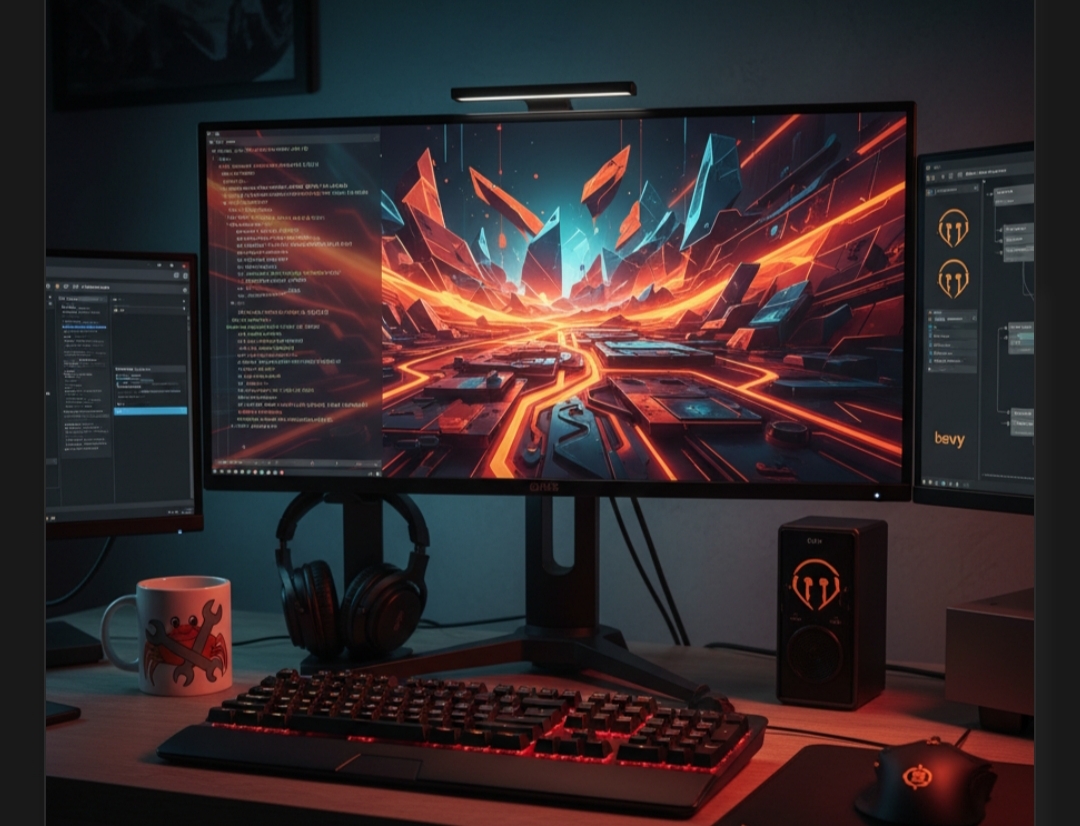
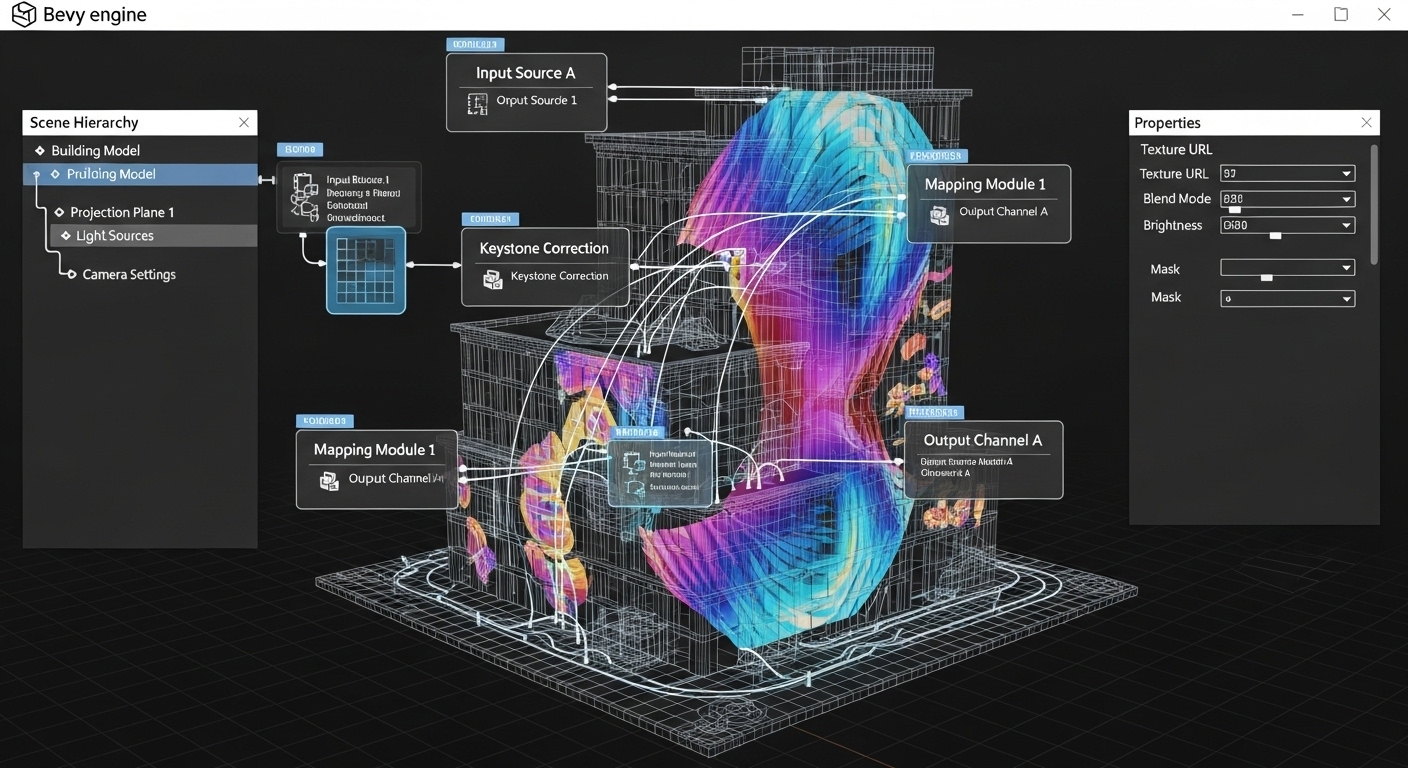
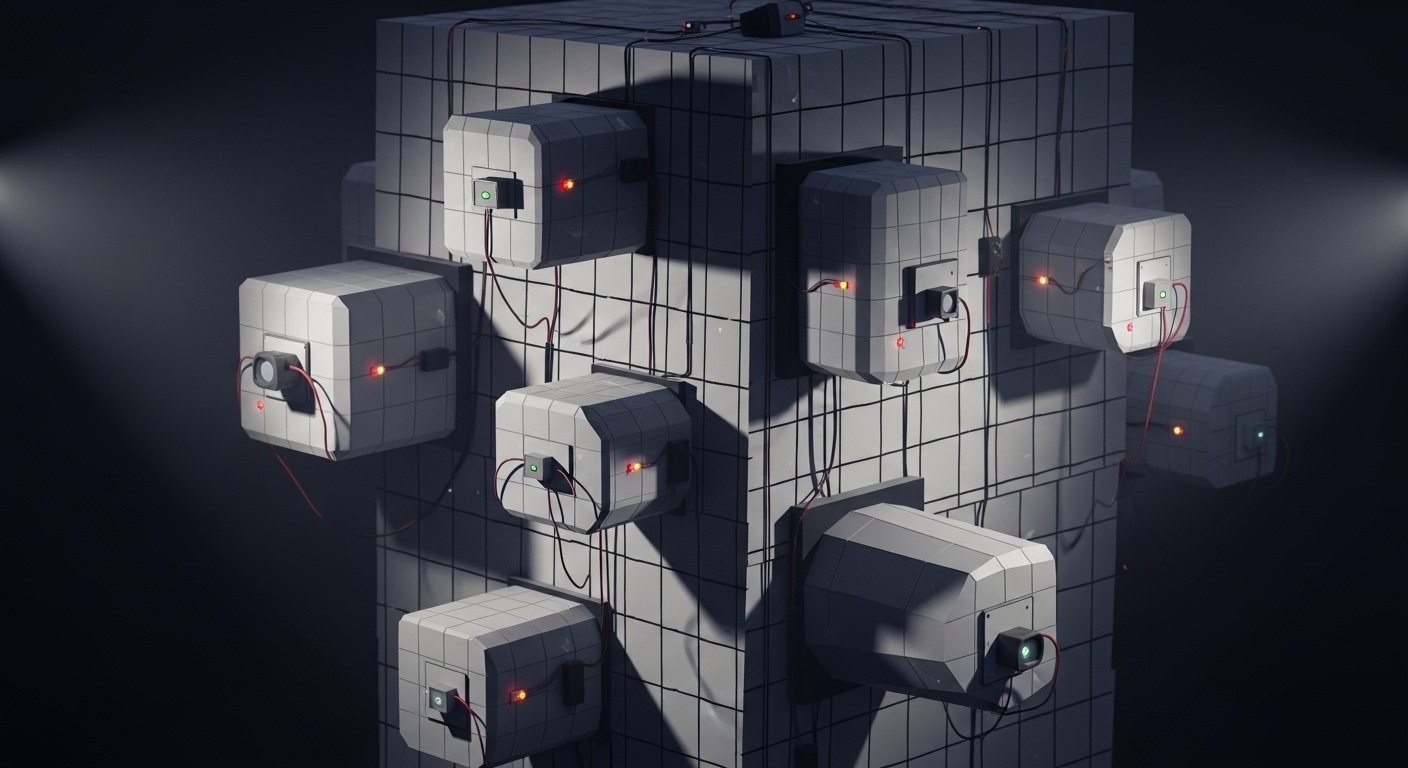
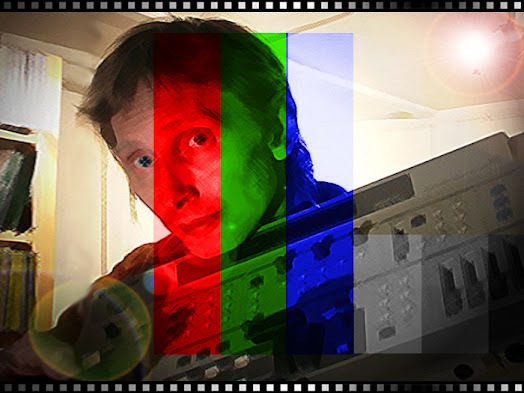
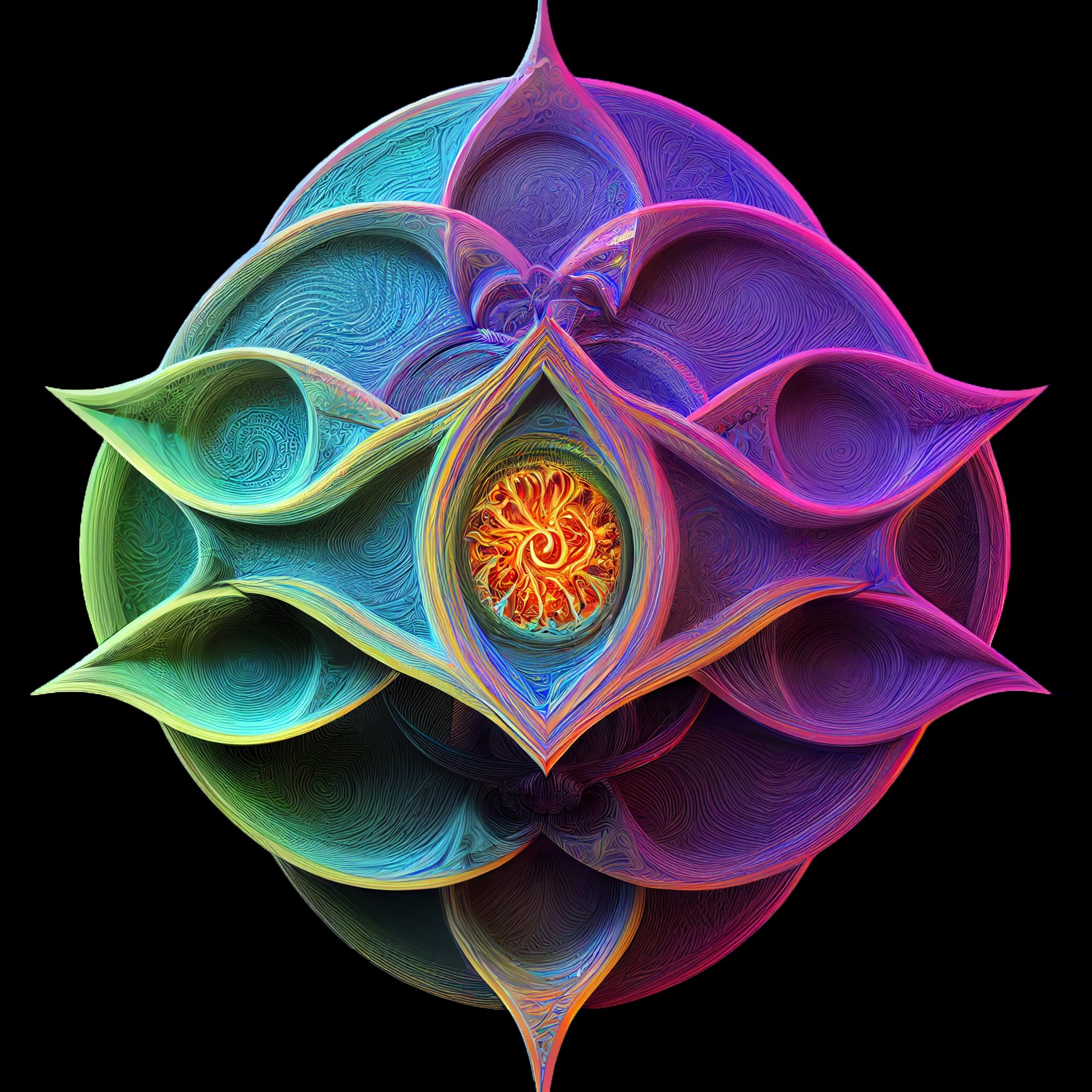


Discussion (1)